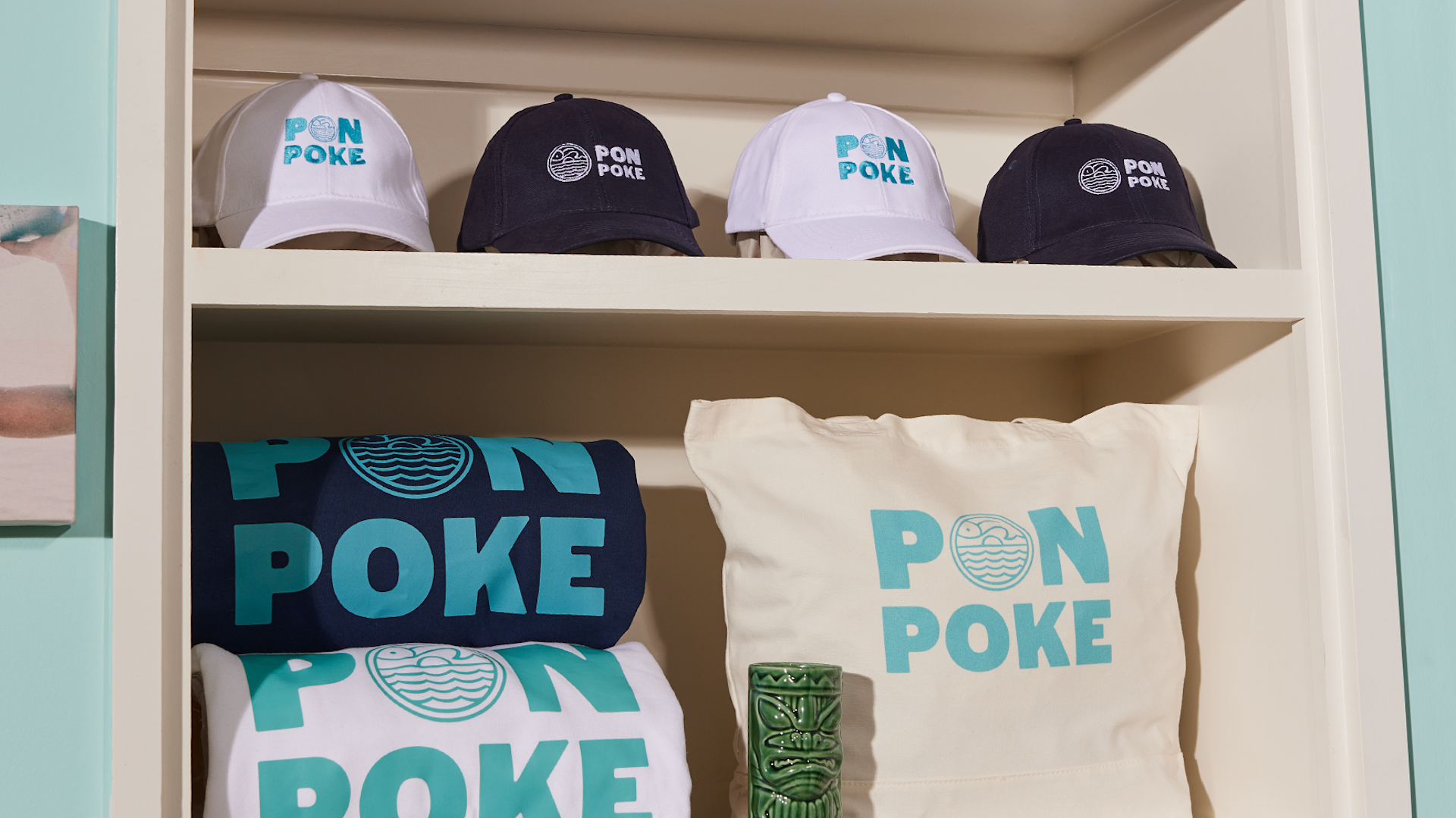The Significance of Lasting Clothing: Just How It Affects the Setting and Your Closet
Lasting apparel is increasingly identified for its critical role in lessening the ecological influence of the fast fashion business. By concentrating on environmentally friendly materials and moral manufacturing techniques, it deals with pressing environmental problems. This change not only benefits the earth but also affects customer options, causing an extra thoughtful strategy to wardrobe management. Understanding these characteristics elevates important concerns regarding style's future and personal obligation in forming it.
The Ecological Footprint of Fast Fashion

Advantages of Lasting Materials
Sustainable materials use considerable benefits, especially via environment-friendly material selections that reduce environmental injury. These materials additionally show durability and long life, minimizing the demand for frequent substitutes. Therefore, they add to a more sustainable style sector and advertise responsible customer behavior.
Eco-Friendly Fabric Choices
While the apparel industry has actually long been linked with rapid trends and ecological injury, the rise of eco-friendly material options presents a transformative possibility. Lasting materials such as organic cotton, hemp, and Tencel have actually acquired popularity due to their lower eco-friendly influence. These fabrics are frequently generated without hazardous pesticides and need much less water, lowering their carbon footprint - Branded Clothing. Additionally, many eco-friendly fabrics are eco-friendly, adding to a circular economy by decreasing waste. Picking sustainable products not just sustains environmentally liable practices yet also advertises much healthier ecosystems. As customers come to be more knowledgeable about their buying power, the need for environmentally friendly textiles urges brands to innovate and adopt even more sustainable production methods, eventually benefiting the world and future generations
Sturdiness and Long Life Benefits
Lots of customers are progressively acknowledging the sturdiness and longevity advantages of lasting materials in their apparel choices. Unlike standard textiles, sustainable materials such as organic cotton, hemp, and recycled polyester are crafted to hold up against wear and tear, leading to garments that last longer. This decreased frequency of substitute not only saves consumers money with time but additionally diminishes waste generated by quick fashion. Furthermore, lasting clothes commonly utilizes environmentally friendly manufacturing methods that boost textile toughness, adding to a reduction in the general carbon footprint. By purchasing long lasting clothing, customers can grow a much more lasting closet while enjoying premium pieces that preserve their visual and functionality with time. Durability and longevity stand as essential benefits of picking lasting products.
Decreasing Waste With Lasting Practices
Decreasing waste in the garment industry can be achieved through cutting-edge practices such as upcycling and repurposing materials. Additionally, adopting minimalist wardrobe methods urges customers to focus on top quality over amount, ultimately reducing apparel consumption. Together, these strategies add significantly to an extra lasting garments design.
Upcycling and Repurposing Products
Upcycling and repurposing materials have emerged as cutting-edge techniques in the garment industry, changing discarded fabrics into useful brand-new items. This method not only reduces waste however additionally urges imagination and uniqueness in garments layout. By taking old garments and products, designers can produce unique pieces that reflect personal style while lowering the need for new sources. In addition, upcycling commonly needs much less power and water compared to conventional manufacturing processes, greatly reducing the ecological impact of style. As consumers end up being extra aware of sustainability, the appeal of upcycled clothes remains to rise, advertising a round economic climate. Inevitably, these methods contribute to an extra lasting future, where fashion prioritizes environmental health and wellness over fast manufacturing and intake.

Minimalist Closet Approaches
As individuals increasingly look for to reduce their ecological effect, taking on minimalist closet methods has actually gained traction as a reliable approach to sustainable style. These techniques stress high quality over amount, motivating consumers to curate a smaller collection of functional, sturdy clothes. By focusing on ageless items that can be blended and matched, people can decrease the frequency of purchases and eventually reduce waste.Additionally, minimalism promotes mindful consumption, urging customers to review the ecological and honest effects of their choices. This technique not just promotes an extra sustainable lifestyle yet likewise simplifies day-to-day decision-making regarding clothing. As individuals embrace minimalist principles, they add to a fashion society that values sustainability and liable consumerism, inevitably causing a more eco-conscious society.
The Duty of Ethical Labor in Lasting Style
While lots of customers are progressively knowledgeable about the ecological effects of their apparel selections, the relevance of honest labor practices in sustainable style can not be neglected. Ethical labor includes fair wages, secure working problems, and regard for employees' civil liberties, creating the backbone of liable fashion manufacturing. Brand names that focus on honest labor not only boost areas however also established a standard for accountability in the industry.Moreover, the combination of moral practices fosters openness, making it possible for customers to make enlightened selections about their purchases. This practice contrasts greatly with rapid style's unscrupulous labor designs, which often prioritize revenue over people. By sustaining firms devoted to moral labor, consumers add to a system that values human self-respect alongside environmental sustainability. Ethical labor is not simply an add-on; it is necessary to the more comprehensive mission of lasting style, making certain that the pursuit for eco-friendliness does not come at the expense of human legal rights.
The Influence of Lasting Apparel on Carbon Emissions
Lasting clothing has the possible to considerably reduce carbon emissions connected with the fashion business. Standard garment production adds notably to greenhouse gas exhausts, primarily because of energy-intensive production procedures and the usage of non-renewable sources. On the other hand, lasting fashion focuses on eco-friendly products, such as natural cotton or recycled fibers, which commonly require less power to produce.Moreover, sustainable brand names often tend to take on much more efficient production techniques, decreasing waste and reducing total exhausts. By focusing on durability and ageless design, lasting clothes encourages customers to buy much less regularly, additional reducing the carbon footprint related to overconsumption.Additionally, several sustainable brands are committed to openness in their supply chains, allowing consumers to make educated options that line up with their worths. Ultimately, moving towards lasting apparel can bring about a significant decrease in carbon exhausts, adding to a healthier world and an extra sustainable future for the garment industry.
Sustaining Local Economic Climates With Sustainable Choices
The change towards sustainable clothes not just addresses ecological problems but additionally substantially advantages neighborhood economies. By choosing lasting style, consumers typically support tiny businesses and local artisans, improving neighborhood durability. These business generally operate on a smaller sized range, prioritizing craftsmanship and moral practices over mass production.Investing in locally made lasting apparel promotes work production and promotes financial growth within neighborhoods. As consumers come to be straight from the source extra knowledgeable about the environmental influence of their acquisitions, they significantly look for items that show their values. This need encourages regional producers to take on lasting methods, adding to a round economy.Moreover, supporting regional businesses decreases transport exhausts, straightening with eco-conscious consumer actions. The interconnectedness of sustainable clothes and regional economic situations highlights the essential function that private selections play in promoting both environmental and financial wellness. By promoting these local connections, areas can prosper while additionally functioning in the direction of an extra lasting future.
Changing Your Storage Room: Tips for a Lasting Wardrobe
As people look for to lower their environmental effect, transforming a storage room into a sustainable wardrobe ends up being a necessary action. One reliable technique is to assess existing garments, keeping just items that are put on on a regular basis and that straighten with sustainability objectives. Focusing on high quality over amount is important; investing in sturdy pieces from environmentally friendly brand names can substantially minimize waste.Additionally, including second-hand products can revive a wardrobe while reducing environmental damage. Organizing clothes swaps with pals or giving away unused products can further promote sustainability.When shopping, individuals need to look for products that are natural, recycled, or naturally degradable, and avoid fast fashion sellers - Branded Clothing. Lastly, exercising conscious usage by attentively considering each purchase can add to a more sustainable lifestyle. By implementing these suggestions, one can produce a closet that shows individual design while sustaining ecological stewardship
Frequently Asked Questions
Just How Can I Recognize Lasting Clothing Brands?
To determine sustainable garments brand names, one ought to look into products utilized, examine for certifications like Fair Trade, and take a look at the brand name's transparency regarding their production processes, labor practices, and ecological influence, ensuring honest and green techniques are focused on.
What Are the Prices Linked With Sustainable Fashion?
The prices connected with sustainable fashion can differ significantly. Greater production expenditures, honest sourcing, and environmentally friendly products frequently lead to enhanced market prices, which might hinder some consumers while appealing to ecologically conscious customers.
Can Lasting Apparel Be Fashionable and Fashionable?
Sustainable clothes can undoubtedly be stylish and trendy. Designers significantly focus on cutting-edge products and honest manufacturing methods, confirming that fashion and sustainability can exist side-by-side. Customers now have diverse alternatives that blend looks with environmental awareness.
How Does Laundering Clothes Affect Their Sustainability?
Cleaning garments greatly effects sustainability by consuming water and power, contributing to air pollution, and triggering microplastic release. Frequent cleaning can weaken textiles, reducing their life-span and raising the requirement for substitutes, ultimately exacerbating ecological problems.
What Is the Life-span of Sustainable Garments Compared to Fast Style?
The life-span of sustainable garments generally goes beyond that of rapid fashion items, usually long-term numerous years because of quality materials and workmanship. On the other hand, rapid style garments may degrade swiftly, requiring more constant substitutes. Sustainable garments is progressively recognized for its important function in minimizing the ecological influence of the rapid style industry. While several customers are increasingly aware of the environmental repercussions of their clothes choices, More Help the value of ethical labor techniques in lasting fashion can not be ignored. Branded Clothing. Lasting clothes has the prospective to greatly reduce carbon discharges linked with the style industry. In comparison, sustainable style concentrates on environmentally friendly products, such as natural cotton or recycled fibers, which typically call for less power to produce.Moreover, sustainable brands have this content a tendency to embrace much more effective production techniques, minimizing waste and decreasing overall exhausts. By prioritizing durability and classic layout, lasting apparel motivates customers to get less often, further minimizing the carbon footprint connected with overconsumption.Additionally, several sustainable brand names are committed to transparency in their supply chains, enabling consumers to make enlightened options that line up with their values